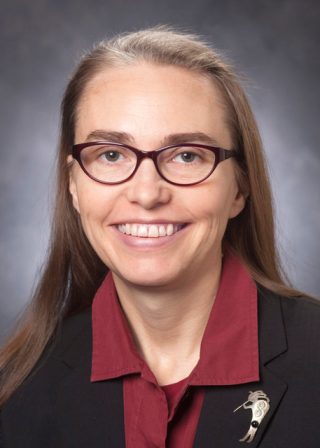As we embarked on this expedition, I included the tagline ‘mesmerizing landscapes and microbial wonderlands’ in the introductory blog post. I knew we were going to see things that made us gasp – vistas that left our jaws agape – but little did I realize how truly prophetic those words would be. I could never have predicted the breathtaking seafloor structures we would find. Big Pagoda, Alvin Spire, Ted’s Tower, Falkor’s Fountain… each new tower offered a new twist on the ‘mesmerizing landscapes and microbial wonderlands’ theme. We were continually surprised, catching our breath, and in awe of nature’s majesty.
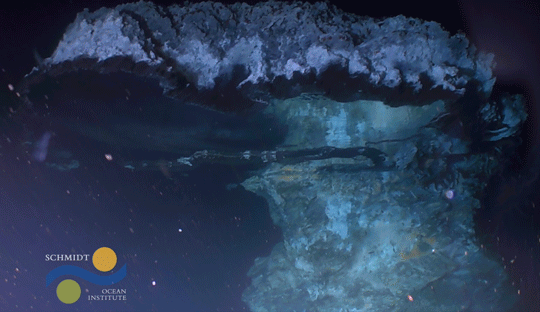
We had a tremendously productive expedition. The fantastic Pagoda structures vented super-heated fluids along spectacular flanges. Despite extremely high temperatures and the fact that the fluids contained a mix of noxious chemicals, each Pagoda teemed with life – very colorful life: orange, pink, red, purple, and yellow. From microbial mats to Riftia tube worms, the bright, sharp colors reflect a potent biochemical capacity that permits life to thrive in these extreme habitats.
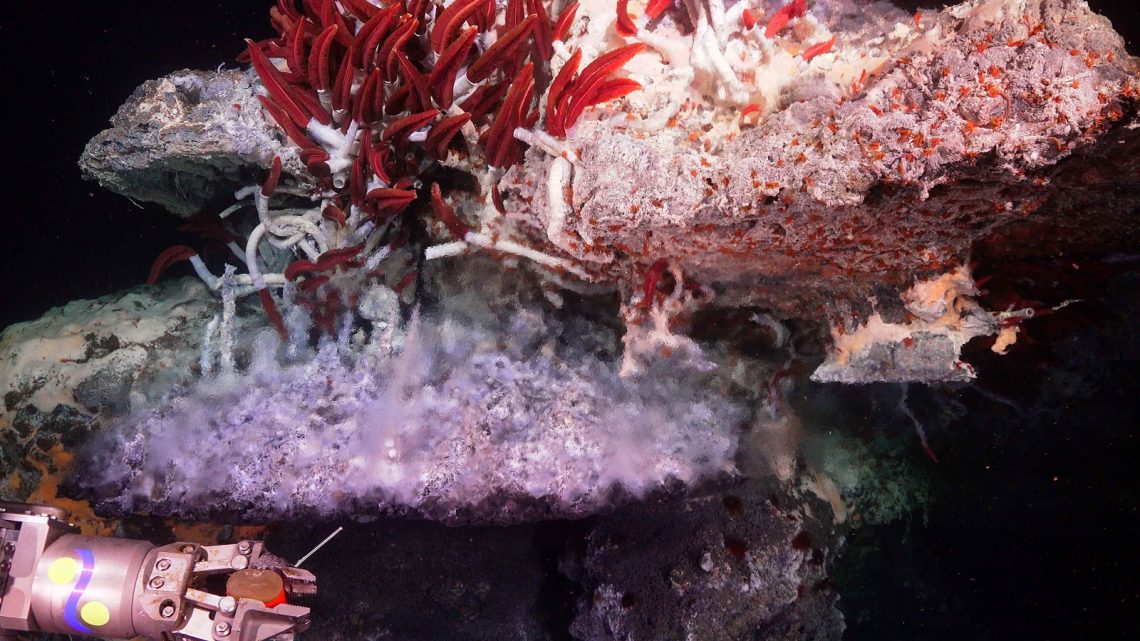
To the east of the Pagodas lies a valley of small chimneys and microbial mats. This area is characterized by a number of areas of diffuse flow, some noted by an abundance of small (<1m tall) chimneys as well as fluid vents along the seabed. Chimneys and vents are surrounded, and sometimes overgrown by, colorful microbial mats. Larger (>1m tall) structures in this area also support Riftia colonies but, in general, this is the land of Beggiatoa, sulfur oxidizing bacteria extraordinaire.
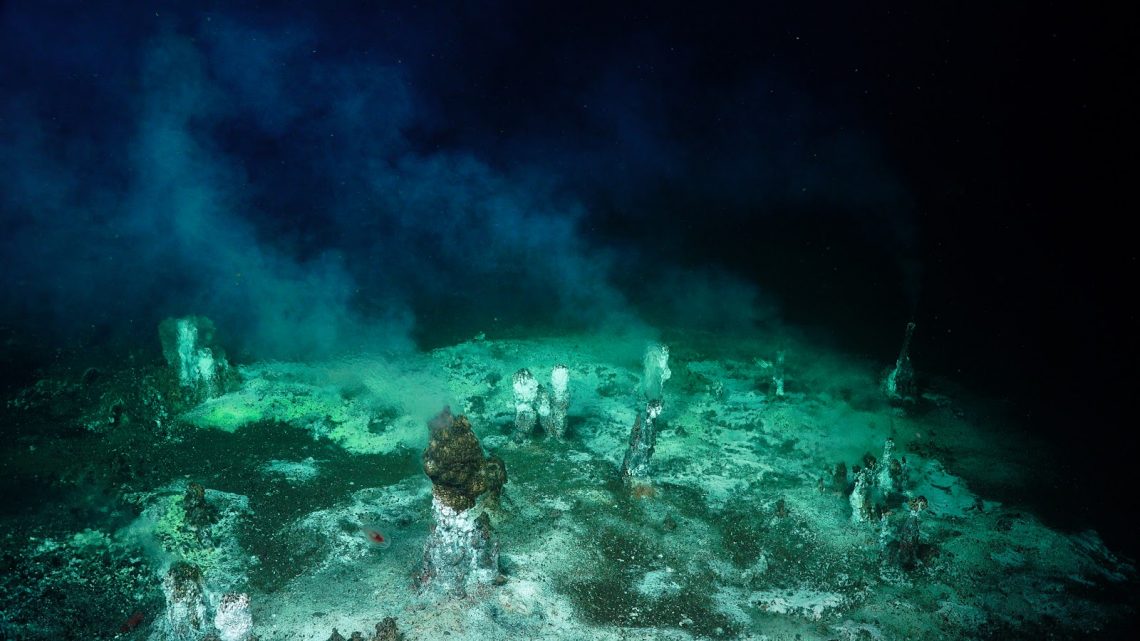
Another feature of this area has received far less attention though: the oil chimneys. We found several areas where the chimneys were saturated with oil. Taking a close look at these structures, it felt as if a Jackson Pollock painting had come to life. These chimneys are an exemplar in contrast – sharp color gradients, different textures, subtle topography. They are mesmerizing indeed.
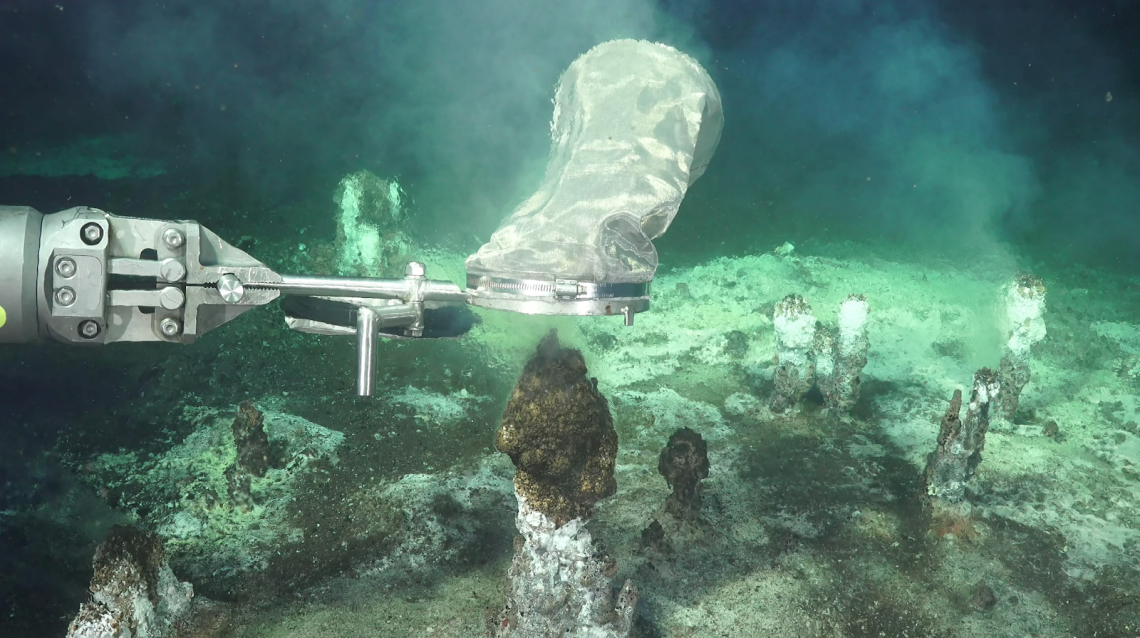
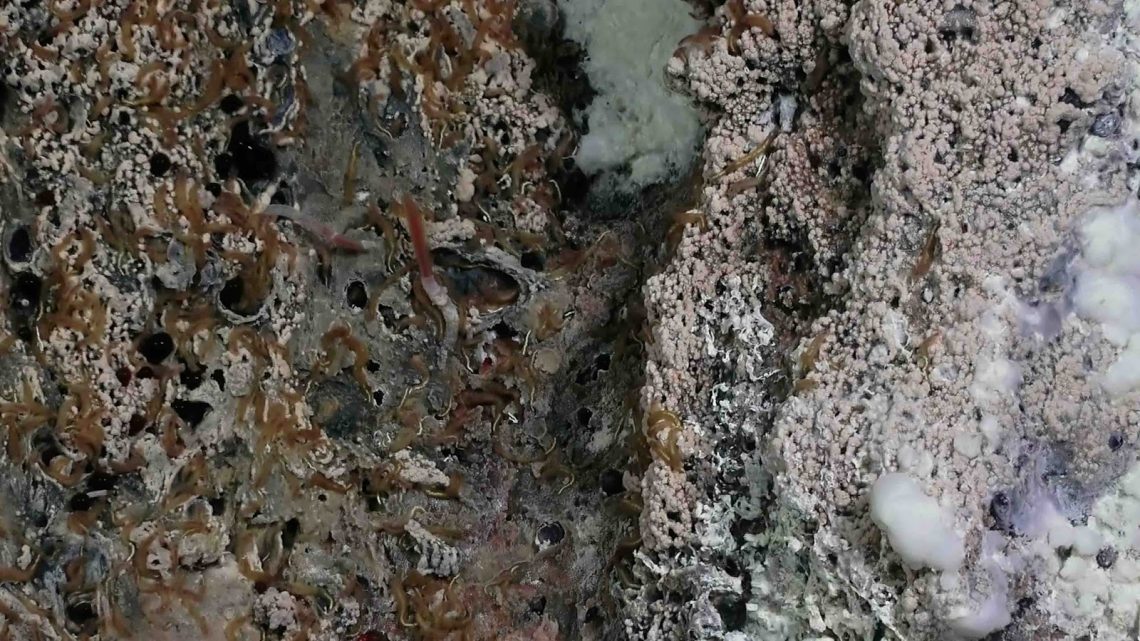
But not everything we found was hot. A couple of hours to the North of Guaymas, along the Sonoran Margin, we discovered oil seeps and surface-breaching gas hydrate mounds along the seafloor. Like their hydrothermal cousins, cold seeps are locations where deeply sourced gas-charged fluids exit the seabed and interact with cold ocean bottom water. Here, however, instead of black smoke, we saw frozen methane ice and oddly, the crystals looked partially melted (though they were frozen). To me, this was just as magnificent discovery as the Pagodas.
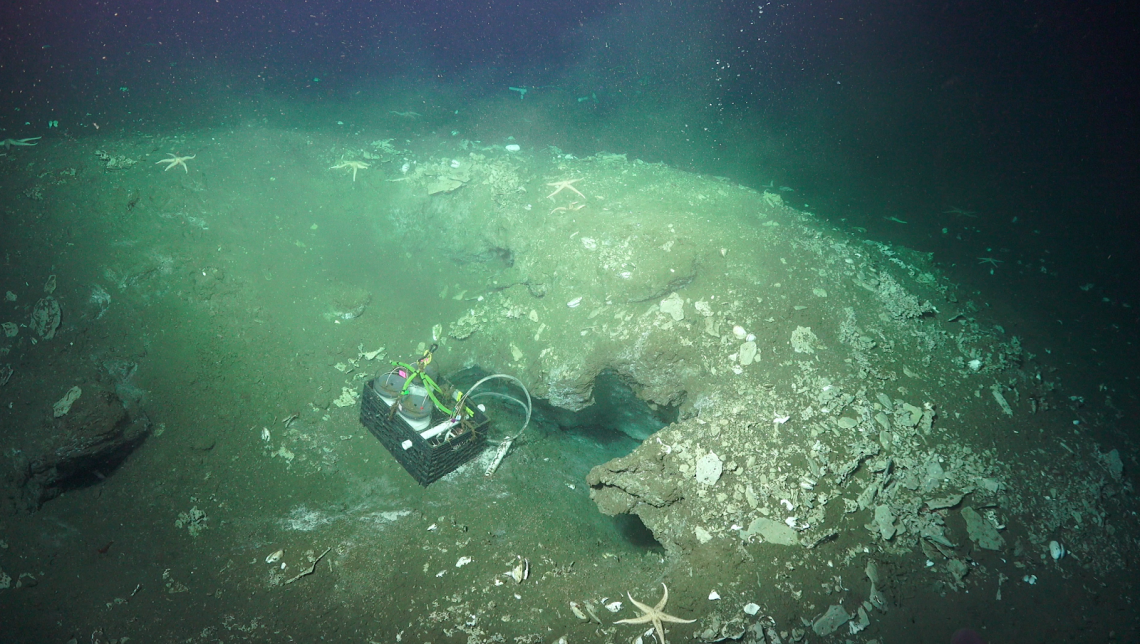
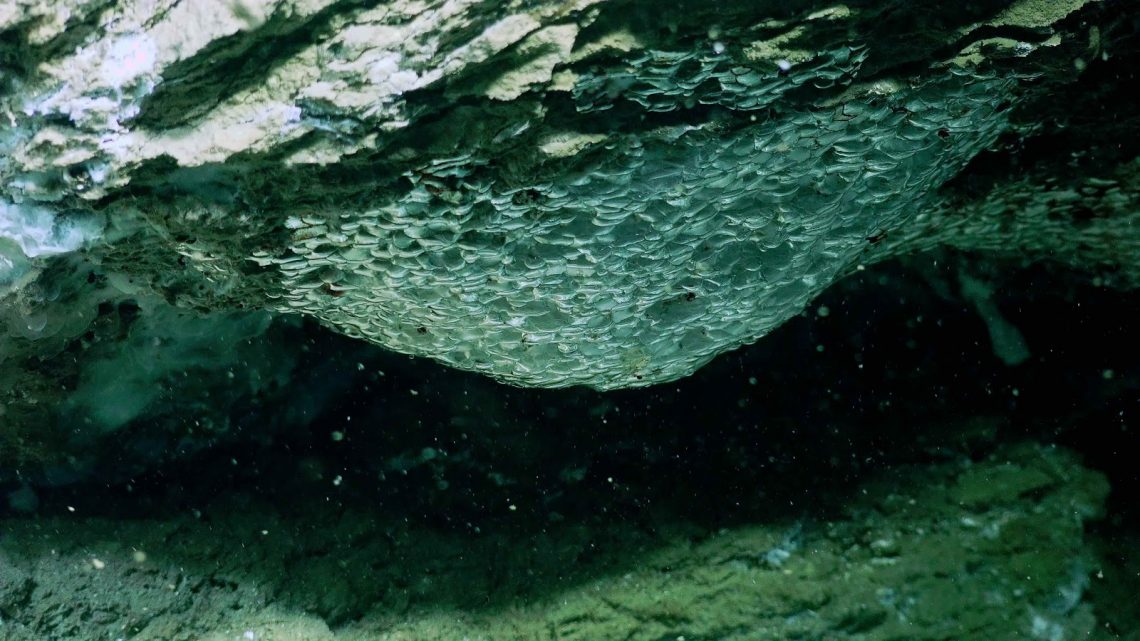
We did not just observe these structures and sites, we sampled hot fluids, cold fluids, rocks, sediments, biofilms, microbial mats, gas hydrate, seeping oil, and animals. We concentrated and isolated some components – viruses – for subsequent in depth examination in our home labs. We characterized the water column above the study sites to assess connectivity and to track the fate of hydrothermal- and cold seep-sourced energy-rich chemicals into bottom waters. Our detailed geochemical characterization, metabolic rate assays, and microbial community genomics data will help us understand how geochemical energy sources and fluxes drive patterns of microbial diversity and dictate rates of metabolism.
The end of the expedition marks the beginning of months of collective effort that will result in publications that report our discoveries and advance the understanding of this remarkable system. Our sampling can be thought of as collecting the individual pieces that, when connected, constitute several complicated scientific puzzles. It will take us us months to years to assemble each one. The process of generating and analyzing these complex data sets and developing and advancing the resulting stories told by the data to publication represents the culmination of our Falkor-based work. As we synthesize all of the different data sets we will generate, we will achieve a more complete understanding of the Gulf of California system. And this understanding allows us to identify and frame exciting new questions that will address during next expedition to this incredible place.
I cannot wait to go back!
